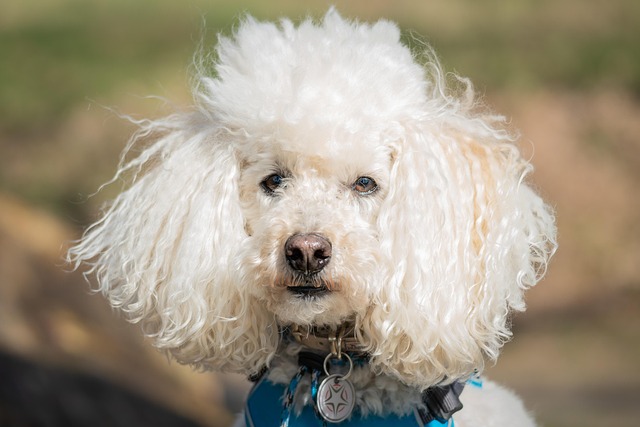Pneumothorax in dogs may not be something most pet owners think about—until it happens. This condition, which involves the presence of air in the chest cavity outside the lungs, can be life-threatening if not recognized and treated promptly. While it's more common in trauma cases, spontaneous pneumothorax can also occur without obvious injury. Recognizing the signs early on can literally save your dog’s life. As someone who's worked closely with both veterinarians and pet owners over the years, I can tell you: when it comes to dog health emergencies like pneumothorax, time matters more than anything.
What makes pneumothorax particularly tricky is that the early signs can be deceptively mild. Dogs can't tell us they're short of breath or that their chest feels tight—we have to notice the subtle changes. The most common early signs of pneumothorax in dogs include rapid, shallow breathing, a noticeable increase in respiratory effort, or reluctance to lie down. Some dogs may appear restless, while others become unusually still. You might see their sides moving more dramatically with each breath, or hear a faint wheezing sound when they're panting. Gums may start turning pale or bluish if oxygen levels drop. And here's a detail many overlook: some dogs with pneumothorax may adopt strange postures—like stretching their necks forward—to breathe more easily. These cues can be fleeting, but they’re red flags that should never be ignored.
Let me share a story that stayed with me. A client once brought in her five-year-old Border Collie, Jasper, after he collapsed during a walk. The owner had noticed he’d been breathing a bit harder over the previous two days but chalked it up to the heat. What she didn’t see was that Jasper was quietly compensating for a slow air leak in his chest. When we ran chest X-rays, it was clear: he had a spontaneous pneumothorax. Thankfully, prompt emergency treatment—including oxygen therapy and a chest tube to remove the trapped air—saved him. Another case involved Luna, a senior Golden Retriever who developed pneumothorax after a rough fall at the dog park. Her owner described her as “just not herself” that evening—lethargic, quiet, and avoiding stairs. That vague unease turned out to be the earliest sign of a serious internal issue. Again, early veterinary intervention made all the difference.
Of course, not every breathing issue points directly to pneumothorax. That's where things get complicated. Conditions like pneumonia, congestive heart failure, or laryngeal paralysis can mimic some of the same symptoms. So how can you tell the difference? While coughing and nasal discharge are more typical of infections, pneumothorax tends to cause silent but labored breathing. You might not hear a cough at all. Also, dogs with pneumothorax often don’t respond to rest or medications the way they would if it were, say, kennel cough. If you notice that your dog’s breathing isn't improving—or appears to worsen even while resting—it's time to dig deeper. Veterinarians use diagnostic tools like thoracic radiographs and ultrasound to distinguish between these conditions, but as a pet owner, your role is to recognize when something feels “off.” Trust that instinct.
If you ever find yourself suspecting pneumothorax, don’t wait it out. Here's what you can do: First, keep your dog as calm and still as possible—excitement or exertion can make things worse. Avoid giving any medications unless advised by a vet. Then, get to an emergency vet clinic immediately. Mention that you suspect a respiratory emergency; this helps triage your dog faster. Diagnostic imaging is the gold standard for confirming pneumothorax, and treatment may include oxygen support, thoracocentesis to remove air, or even surgery in severe cases. The good news? With prompt care, many dogs fully recover. But delays can turn critical very quickly.
So, what can you do to reduce the risk? While some causes—like spontaneous ruptures or congenital defects—aren’t preventable, you can still take meaningful steps. Keep your dog safe from high falls or blunt trauma, especially during play or hikes. If your dog has a history of lung issues or is part of a breed predisposed to lung blebs (like Huskies or Shiba Inus), regular vet checkups are vital. Also, if your dog has ever had pneumothorax before, your vet may recommend periodic imaging to monitor for recurrence. Most importantly, stay tuned in to your dog’s normal breathing and energy levels—because sometimes, the earliest warning is just a slight change in how they move or rest.
Recognizing pneumothorax symptoms in dogs isn’t about becoming a medical expert—it’s about knowing your dog and trusting your observations. Subtle signs can escalate quickly, and your awareness may be the difference between a minor scare and a life-threatening emergency. If something doesn’t feel right, it probably isn’t. Don’t hesitate to act. Your dog is counting on you, and with the right knowledge and quick response, you can help them breathe easy—literally.





